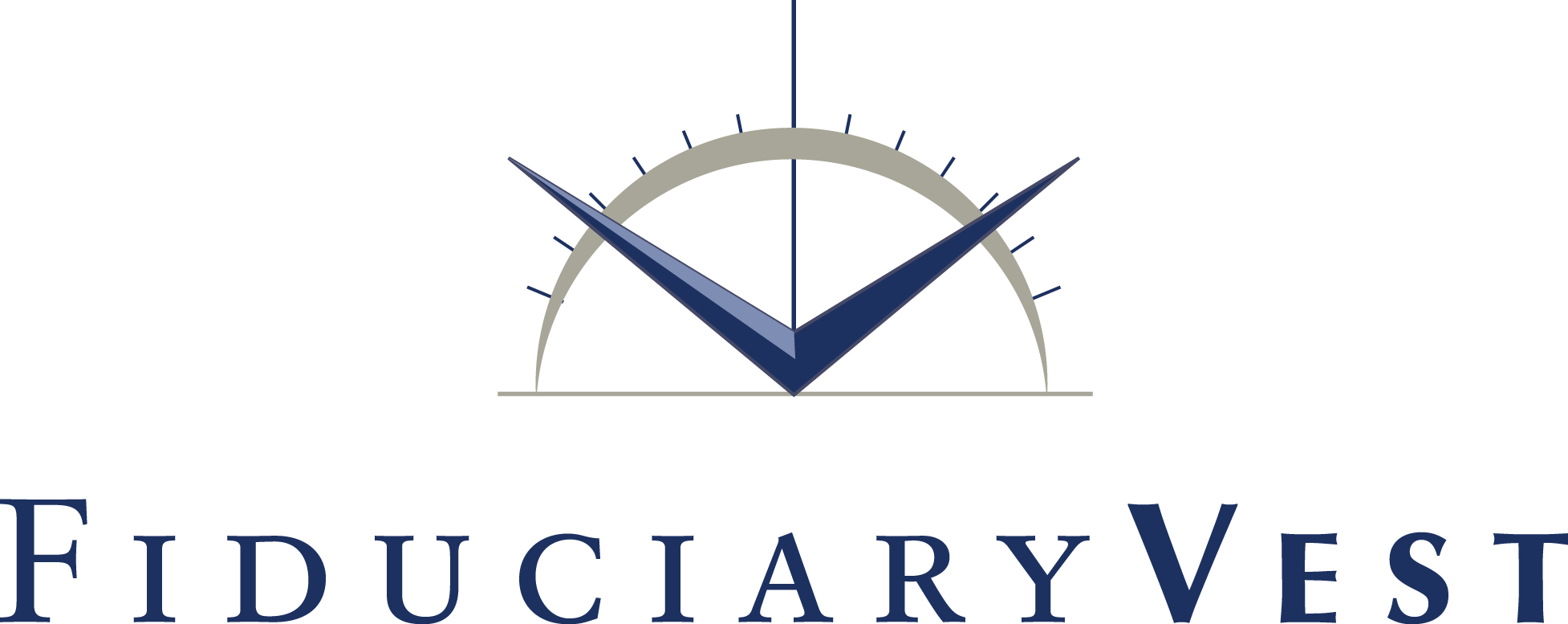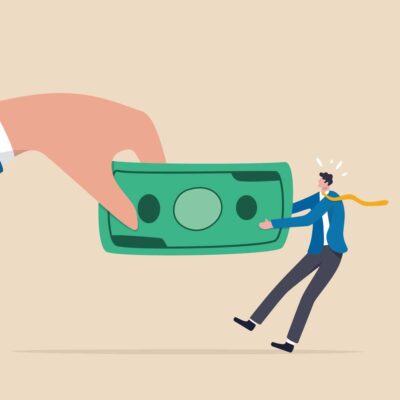
Inflation Has Not Only Returned, It May Very Well Hang Around
For the first time since the pre-pandemic days of 2019, the Federal Reserve’s monetary policymakers recently assembled for their annual retreat in Jackson Hole, Wyoming. But unlike most retreats, typically wrapped with pleasant air and restful surroundings, the Fed’s Open Market Committee bore the weight of a perplexing battle with inflation, the likes of which had not been seen or dealt with since the 1970s and early 1980s[1].
FOMC Chairman Powell gave a very brief statement of resolve, to the effect that the Fed will neither slow nor pause its current inflation-fighting binge of significant interest rate bumps, without regard to the possibility or likelihood of at least mild recession, until it is quite sure the mission is accomplished.
Modern US inflation in a nutshell
In 1979, Paul Volker took over as Fed chair. He promised to overcome and reverse nearly 10 years of persistently high and destructive inflation that had followed the decoupling of the US Dollar’s gold backing in 1971 and the co-incident free-floating of gold’s dollar-price.[2] The CPI-U inflation yardstick reached 13.5% in 1980.
Volker’s policies were effective, but market-shocking boosts to Fed Funds interest rate and an all-time peak 21.5% Bank Prime Loan Rate (Dec 1980) quashed not only the intended price increases of goods and services, but also shrank the broad US economy, i.e., a recession. Volker’s urgent suppression tactics quickly hammered inflation down to 3.2% in 1983. Beginning in 1992, and for the next nearly 30 years until 2021, there were only five years of greater than 3% CPI-U.
Why and how was the US inflation rate so insignificant for the past 30 years? A number of economic macro-movements came together beginning in the mid/late-1980s which caused the various measures of US wage/price inflation to run quiet for the next three decades. Here are three clusters of transformative, inflation-suppressing developments in the early 1990s that lasted for 30 years.
1. Massive 1990s Efficiency Enhancements: A Technology Age emerged, mostly in the US, and then quickly spread to the rest of the world. The invention and distribution of access to the World Wide Web, then known as the “information super-highway”, had more fundamental impact than even the early 20th Century mushrooming of automobiles and airplanes…. on business, government, the military and everyday people’s very ordinary lives. Wide-spread and rapid use of the Internet, made possible by mass-introduction of ever more affordable, more sophisticated personal desktop and laptop computers, quickly led to development of millions of software applications that, for 30 years, revolutionized the efficiency of everyone and everything performed by mankind.
Cell phones rode in on the 1980s tide of tech revolution, but portable telephones would not likely have ranked as transformative technology without the 1996 beginning of internet connected phones.
2. The End of the Cold War (1991) caused a daisy-chain of fundamental, long lasting economic developments that were not produced, or even fostered by, actions of the Federal Reserve and its fellow central banks around the world. Instead, there was a substantial relaxation of global military and budget deficit spending which was re-channeled into a collision of productive, non-inflationary societal trends, including:
Fueled by Internet-driven technologies, the world’s economies meshed into a global partnership that delivered growth of both supply and demand.
- the billion-people impact of China’s sudden urbanization and participation in the global economy, based on a strict, population-managed entry to the middle-class world, and
- newly created jobs for millions of low-wage Asian and Eastern European workers, which together produced
- the production and global availability of low-cost goods that absorbed much of the US’s massive and expanding consumption appetite, which then spread to
- Western Europe’s extensive expansion of credit availability facilitated by the 1999 introduction of a pan-European currency sponsored by the new (1998) European central bank,which then fostered
- rapid growth of highly profitable tourism powered by extensive remodeling of Europe’s woefully aged one- and two-star (bathroom-down-the-hall) hotels, thus converting them into handsome, up-to-date 4-star establishments.
3. Robust 1990s investments in fossil energy: The 1980s and 90s were a boom time for oil (though not natural gas) investments, largely in reaction to the world’s rapidly increasing dependency on one primary source of supply and its pricing: OPEC. Russian oil reserves were massive, but without a delivery system outside of Russia.
By contrast, the 2010s saw energy firms (including natural gas) increasingly backing away from investment in new production, as utilities companies are de-commissioning fossil plants and auto companies are devoting most of their new investment to electric cars. Meanwhile, the US federal government is rushing to severely regulate fracking and coal, underwrite non-fossil sources and drain the vast National Strategic Oil Reserve pool, while some states are passing legislation to constrict fossil production. The unfortunate impact of this emerging mega-trend (at least until the world has divorced itself from fossil fuels) is the increasing risk of persistent, very inflationary energy shortages while global demand is still growing. As we know in 2022, Russian oil delivery to Europe is suspended, perhaps permanently, and OPEC is declaring that it will reduce its oil production despite the strong demand.

In summary, the worldwide, economically fertile, post-Cold War 1990s, fueled by fast moving Internet-driven technologies, made it possible for the world’s economies to mesh into a never-before-seen global partnership that efficiently delivered sustainable growth of both supply and demand. Hence, inflation was held in check by the global economies themselves without the need of central banks’ monetary management…. until 2008 when the central banks turned to an unprecedented, all-out level of monetary stimulation that was rolled over and over, for 14 years.
As was foretold by many economists early on after 2008, the Fed’s too-much-money, super stimulus, near-zero interest rate policy easily became addictive to all elements of business (except commercial banks) and, eventually, very inflationary. So in 2021, still bathing in 13 years of cruise-control, the Fed’s Chair and its former Chair who is the current US Treasury Secretary, stubbornly and embarrassingly dismissed the fact that such a flip was occurring; instead, the Fed continued producing more dollars and using them to buy still more long-term US Treasury debt. That act of whistling past the graveyard put the Fed about nine months behind the optimal reaction-curve.

Commentary
Commentary was prepared for clients and prospective clients of FiduciaryVest LLC. It may not be suitable for others, and should not be disseminated without written permission. FiduciaryVest does not make any representation or warranties as to the accuracy or merit of the discussion, analysis, or opinions contained in commentaries as a basis for investment decision making. Any comments or general market related observations are based on information available at the time of writing, are for informational purposes only, are not intended as individual or specific advice, may not represent the opinions of the entire firm and should not be relied upon as a basis for making investment decisions.
All information contained herein is believed to be correct, though complete accuracy cannot be guaranteed. This information is subject to change without notice as market conditions change, will not be updated for subsequent events or changes in facts or opinion, and is not intended to predict the performance of any manager, individual security, currency, market sector, or portfolio.
This information may concur or may conflict with activities of any clients’ underlying portfolio managers or with actions taken by individual clients or clients collectively of FiduciaryVest for a variety of reasons, including but not limited to differences between and among their investment objectives. Investors are advised to consult with their investment professional about their specific financial needs and goals before making any investment decisions.
Investment Risk
FiduciaryVest does not represent, warrant, or imply that the services or methods of analysis employed can or will predict future results, successfully identify market tops or bottoms, or insulate client portfolios from losses due to market corrections or declines. Investment risks involve but are not limited to the following: systematic risk, interest rate risk, inflation risk, currency risk, liquidity risk, geopolitical risk, management risk, and credit risk. In addition to general risks associated with investing, certain products also pose additional risks. This and other important information is contained in the product prospectus or offering materials.
[1] From its early 20th Century beginning, the Federal Reserve’s Congressional charter required vaguely that it promote “stable prices”. Thus, for nearly a century, the Fed had no specific inflation goal line and no official measurement regime…. After all, “stable prices” would seem to mean zero inflation. But that interpretation was always shunned by the Fed as being impractically stringent…. even undesirable, for reasons that are not formally subscribed. Finally, in 2012, after spirited internal debate, the Fed’s Open Markets Committee announced its first-ever annual inflation target-rate: 2% annually (measured by whatever yardstick(s) the Fed might choose). Now that target remains engraved on the Fed’s policy vault and, despite a CPI that has recently soared to more than four times 2%, the repeatedly announced target for both the near- and long-term is still 2%.
[2] One of Chairman Volker’s announced special targets was the runaway price of gold which had been fixed at around $40 per Troy ounce by a consensus of governments which owned nearly all of it until President Nixon’s 1971 gold-inflation capitulation. But, by 1980, suddenly unrestricted private investors had booted-up a fast-growing gold market which quickly “inflated” the price to an unprecedented $600. Volker’s tactics forced it back to $300/$400 until 2006, but then it took off again, to $600 and beyond. That volatile march has quietly reached a highest-ever $2,000 in March of this year. Some economic observers maintain that changes in gold’s market pricing tell us the amount of Dollar-inflation (i.e., de-valuation). Their valuation argument, they always say, is based on 5000 years of gold’s history as an enduring global money-medium which earns and pays out nothing, but grows in value because of its purity, preciousness and indestructible physical properties, compared to paper bills that are declared to be money.





